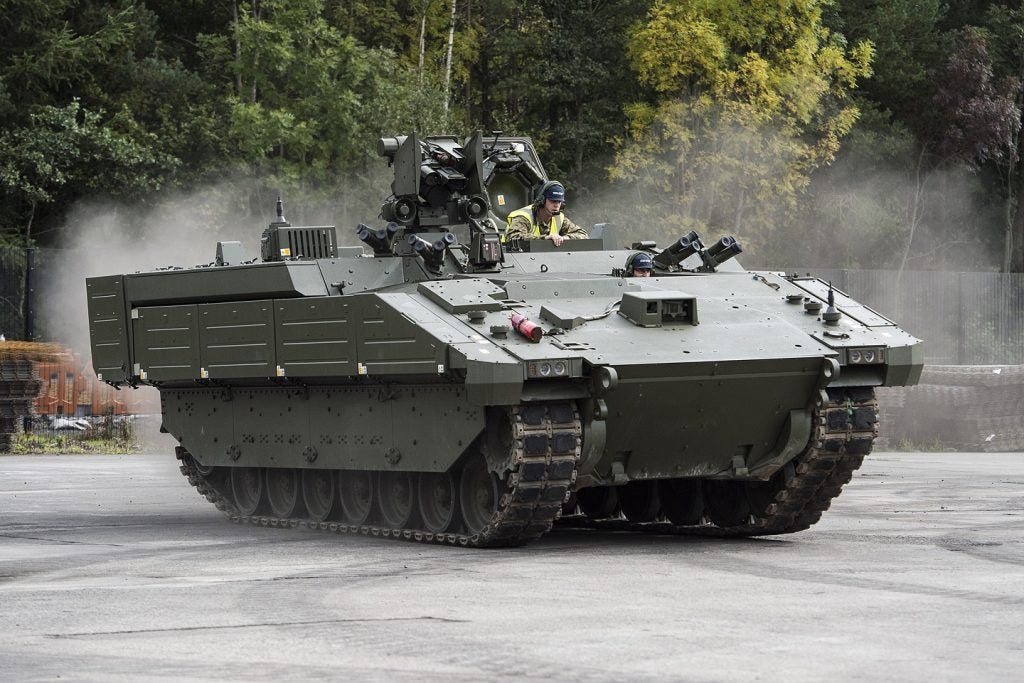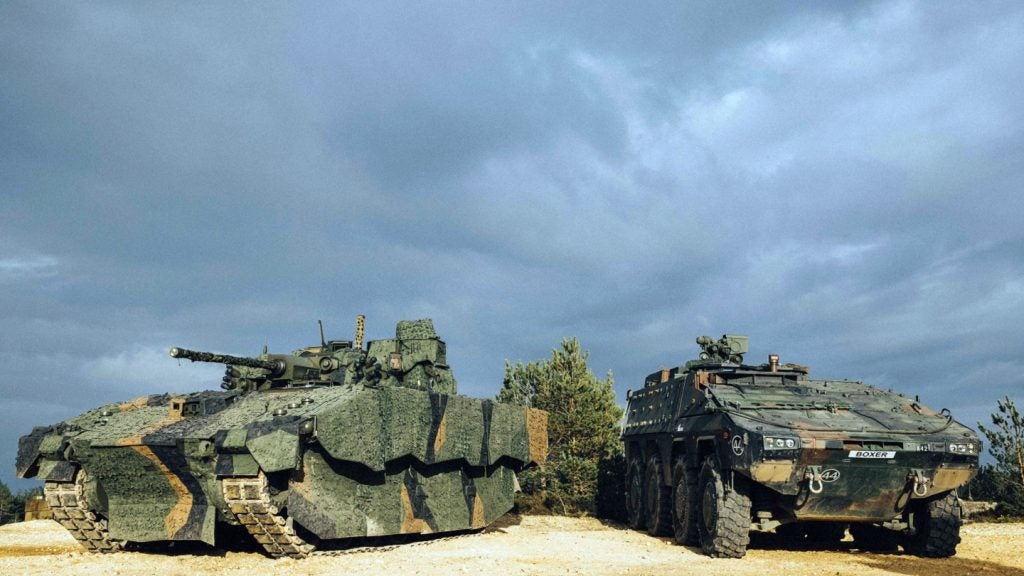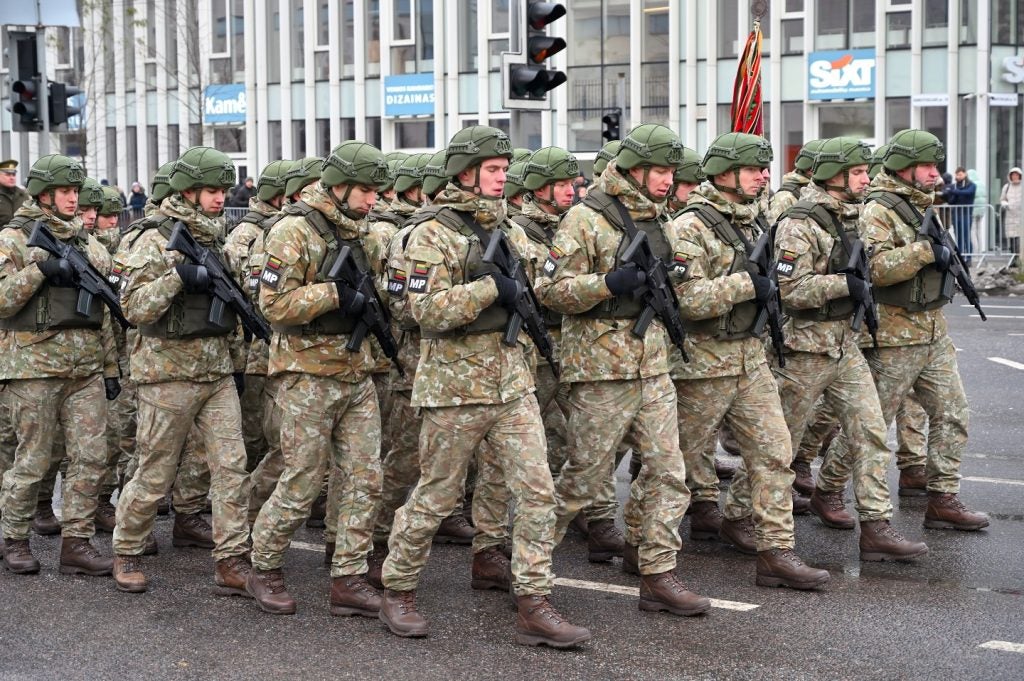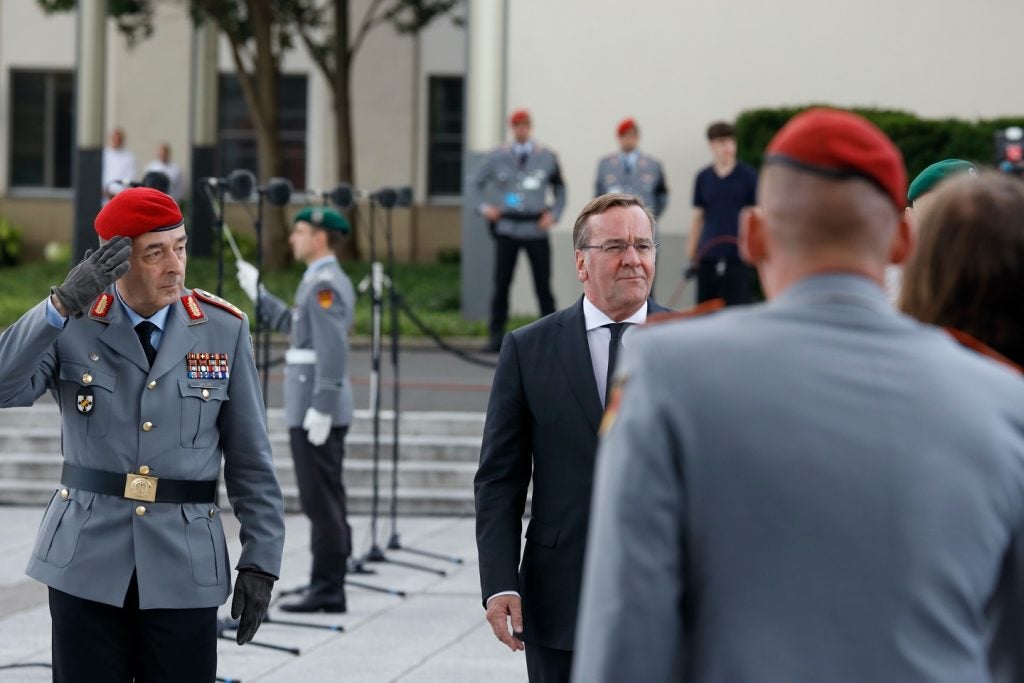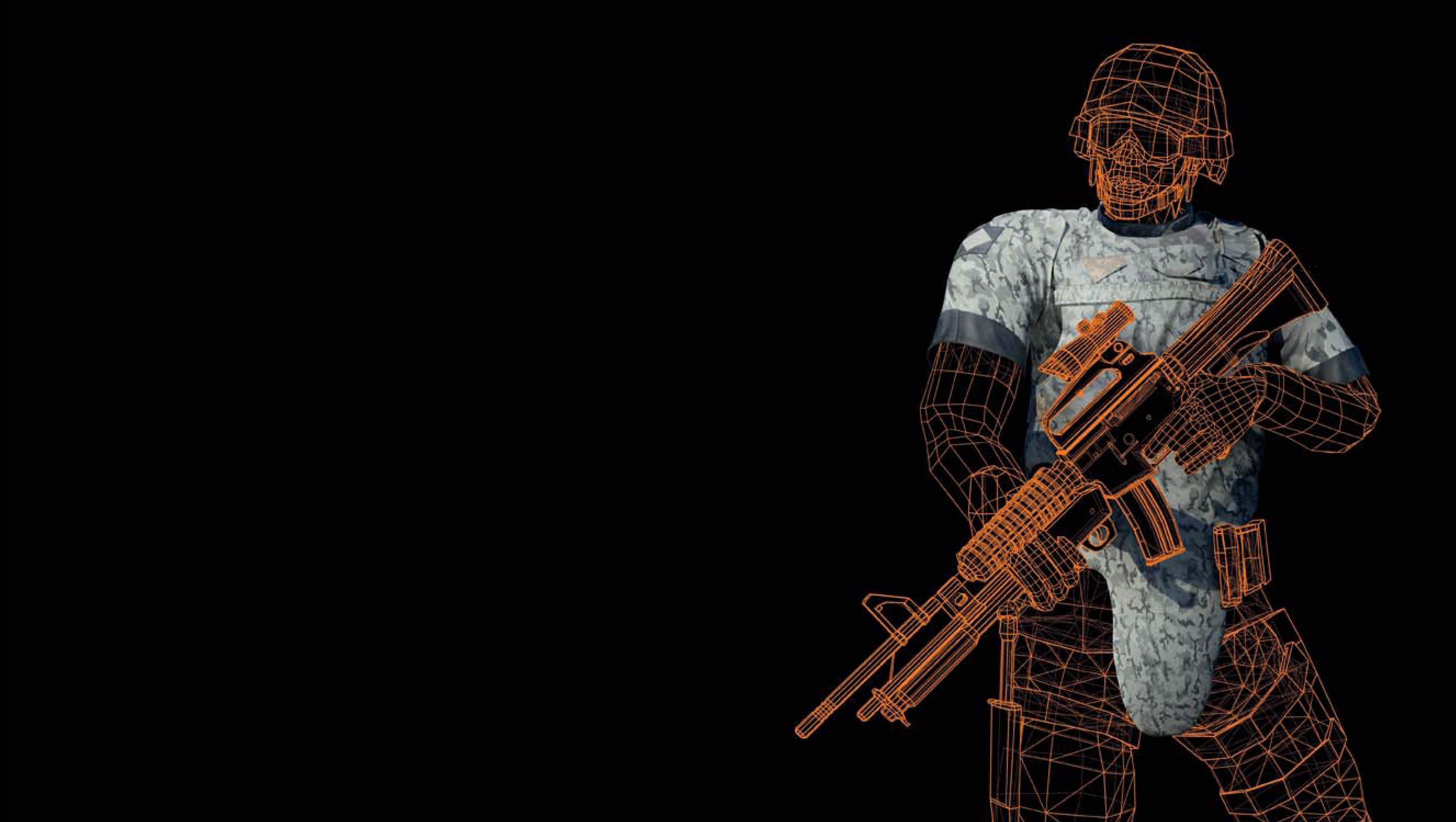
The priority for body armour is to save the wearer’s life in the face of battlefield threats, from gunfire to blunt force trauma in the event of an improvised explosive device detonation. But it’s not all about stopping bullets. There are many factors that affect how wearable armour is, which in turn impacts how and when it will be worn. If body armour is too heavy, too bulky, too restrictive, too hot, it will diminish the wearer’s effectiveness in the field – a fact that quickly became apparent in Afghanistan.
The heavy weight of the soldier’s load became a serious issue during the Afghanistan campaign – a programme driving, concept of operations (CONOPS) altering, equipment re-think issue that quickly became a leading priority. The ever-present threat of improvised explosive devices meant that soldiers needed to be as protected by as much body armour as possible. However, at the same time, the difficult terrain and harsh environmental conditions tested soldier endurance to the extreme, meaning that while the onus remained on safety, new technologies were needed to minimise weight.
Moving towards modularity
A big change came when the US Army’s standard issue Outer Tactical Vest was replaced by the lighter Improved Outer Tactical Vest (IOTV) in 2007, addressing the balance between protection and weight with a move toward greater modularity. Compatible with the newer, lighter and more protective Enhanced Small Arms Protective Inserts (ESAPI) and Enhanced Side Ballistic Inserts, the wearer is able to armour the IOTV up or down as required, and the entire system can be released with the pull of a lanyard to allow the wearer to drop the load during water hazard incidents.
The US military’s next iteration of body armour will focus on reducing weight further and increasing scalability to allow the wearer to adjust his equipment depending on the threat level and mission at hand. The new Torso and Extremity Protection System (TEP) in development at Program Executive Office Soldier is part of the new Soldier Protection System. It includes a modular scalable vest, ballistic combat shirt, blast pelvic protection system, and a battle belt, which is aimed at getting weight off a soldier’s shoulders and onto the hips.
At its highest protection level the TEP will provide protection levels on par with the IOTV, while at the minimum will consist of wearing soft armour garments under the uniform. The ballistic combat shirt is made of a breathable fabric with smaller ballistic protection parts built in, to be worn under the TEP’s modular scalable vest. The blast pelvic protection system is designed to protect a soldier’s thighs and groin against ballistic threats and burns. The system is flagged for roll-out in 2018 or 2019, following the completion of ballistic testing.
Liquid armour
Technology is moving on, and military forces such as the US Army are investigating completely new ways of keeping soldiers safe in the field.
How well do you really know your competitors?
Access the most comprehensive Company Profiles on the market, powered by GlobalData. Save hours of research. Gain competitive edge.

Thank you!
Your download email will arrive shortly
Not ready to buy yet? Download a free sample
We are confident about the unique quality of our Company Profiles. However, we want you to make the most beneficial decision for your business, so we offer a free sample that you can download by submitting the below form
By GlobalDataLiquid armour is the leading big ticket item in this area, with companies such as BAE Systems looking to apply the technology to emerging requirements. In June 2017, the company signed an agreement with safety and survivability technology company Helios Global Technologies to do just this. Liquid armour is a material that hardens very quickly when struck by a projectile at speed, in order to absorb the impact energy. The materials offers increased protection with reduced mass, wider area coverage and greater wearer manoeuvrability, and can also be integrated with other systems, including being incorporated into standard Kevlar body armour.
According to BAE Systems, when combined with Kevlar, the reduced flow of the fluids in the liquid armour restricts the motion of the fabric yarns. This means an increase in area over which the impact energy is dispersed. The material is therefore far less likely to distort than standard body armour, which generally bends inwards when a bullet strikes, preventing death, but causing considerable pain. Indeed, studies show that when combined these two materials offer ‘superior freedom of motion and a reduction in overall thickness of up to 45 percent’.
Smart fluids
Liquid body armour is also under development with Polish company Moratex. Working with Poland’s Military Institute of Armament Technology, the company is applying the behaviour of a non-Newtonian fluid (a fluid that does not follow Newton’s Law of Viscosity, but rather one in which viscosity increases with the rate of shear strain), known as Shear Thickening Fluid (STF) to body armour. When integrated into body armour as a protective insert, the STF hardens upon impact and disperses the force of a blast or blow over a wider area of the body, thereby not only stopping a bullet or projectile from piercing the body, but significantly reducing the shockwave from the impact that can be as devastating to the body and internal organs as a bullet itself.
In addition to being lighter than standard ballistic inserts and allowing a broader, more natural range of movement, STF-treated fabrics are proving themselves to be more comfortable to the wearer. The US Army Research Laboratory has put STF-treated ballistic fabrics to the test to measure their breathability – a measure of whether a fabric will allow moisture released by the body as sweat to be absorbed and then released through the fabric itself, in order to keep the wearer’s body temperature stable and prevent overheating. The resulting report showed that while ballistic fabrics treated with STF showed a slight decrease in breathability as compared to uncoated fabrics, the technology introduces ‘no significant penalty in breathability relative to conventional, uncoated ballistic fabrics’.
Similarly, D3O has developed a number of armour products for defence from soft, flexible materials with high shock absorbing properties. In its raw form, the company’s material’s molecules flow freely, allowing it to be soft and flexible, but on impact, lock together to dissipate impact energy and reduce transmitted force.
The company’s technology has been incorporated into a range of protective equipment including vests for blunt trauma impact protection, seat pads for armoured personnel carriers, and the Trust helmet pad system. The Trust helmet pad system is a seven-pad system that uses a material called Decell. The pads fit most ground combat helmets, including the Advanced Combat Helmet, and provides comfort and advanced deceleration under blunt impact. According to the company, its high performance protection exceeds the required level of protection by 33 percent in Advanced Combat Helmet testing at 10ft/sec.
Looking ahead, research is now beginning to move into even more futuristic arenas – from malleable fabric exosuits, lighter plastic materials to replace Kevlar, and even armour that can heal itself following a strike.



